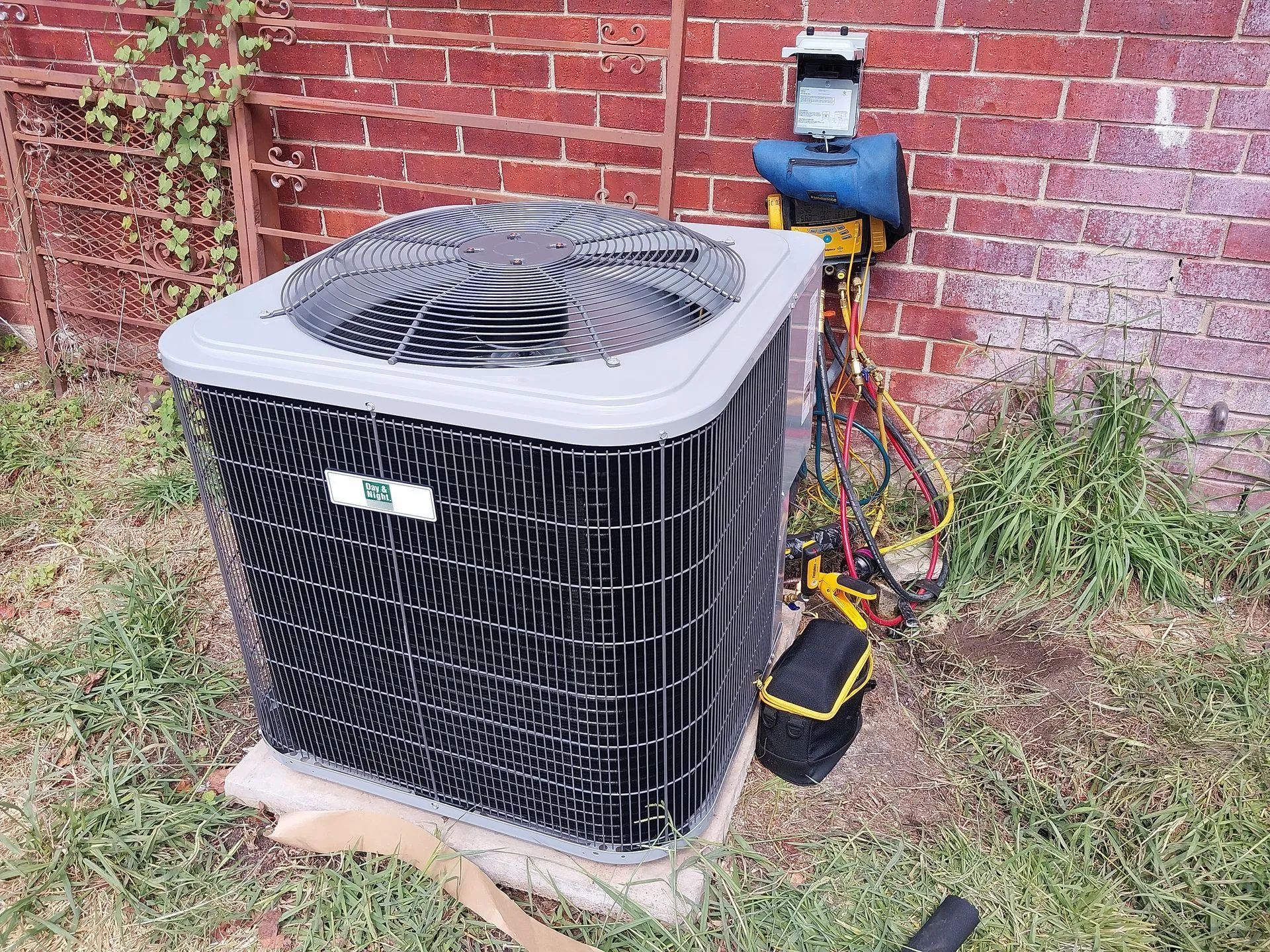Common Electrical Problems in Older Homes and How to Address Them
Older homes carry a unique charm and character, but they also come with aging electrical systems that may pose safety risks and inefficiencies. If you live in an older home, recognizing common electrical problems and knowing how to fix them can help keep your property safe and up to code. Below are some of the most frequent electrical issues in older homes and practical solutions to address them.
1. Outdated Wiring Systems
One of the most significant concerns in older homes is outdated wiring. Many homes built before the 1960s still have knob-and-tube or aluminum wiring, which is not designed to handle the electrical demands of modern appliances. These wiring systems can overheat, leading to potential fire hazards.
Solution: If your home still has outdated wiring, consider a complete rewiring project. Hiring a licensed electrician to upgrade to modern copper wiring ensures your system meets today’s electrical safety standards and prevents overheating risks.
2. Frequent Circuit Breaker Trips
If your circuit breaker frequently trips, it’s often a sign that your home’s electrical panel is overloaded. Older electrical panels were not designed to handle the number of electrical devices used in modern households.
Solution: Upgrading your electrical panel to a higher capacity can prevent frequent breaker trips. A licensed electrician can assess your home’s power demands and install a modern breaker panel with enough capacity to handle your electrical needs safely.
3. Two-Prong Outlets and Lack of Grounding
Many older homes still have two-prong outlets, which lack proper grounding. Without grounding, your electrical system is more prone to power surges, which can damage appliances and increase the risk of electric shocks.
Solution: Replace two-prong outlets with grounded three-prong outlets. If necessary, an electrician can install a grounding system to improve safety and compliance with modern electrical codes.
4. Flickering or Dimming Lights
If your lights frequently flicker or dim, it may be due to outdated wiring, loose connections, or an overloaded circuit. This issue is particularly common in homes where multiple high-powered appliances run simultaneously.
Solution: First, check if the flickering occurs when using specific appliances. If so, redistribute electrical loads or install dedicated circuits for large appliances. If the problem persists, have an electrician inspect your wiring for loose connections or signs of deterioration.
5. Lack of GFCI Outlets
Ground Fault Circuit Interrupter (GFCI) outlets are crucial for areas prone to moisture, such as kitchens, bathrooms, and outdoor spaces. Older homes may lack these safety outlets, increasing the risk of electric shock in wet conditions.
Solution: Install GFCI outlets in all required areas to enhance safety. These outlets automatically shut off power when they detect an imbalance, preventing potential shocks or electrocution.
Ensure Your Home’s Electrical System is Safe and Up to Code
Keeping your older home’s electrical system up to date is essential for safety and efficiency. If you experience any of these common electrical problems, it’s best to consult a professional for proper solutions. At CenTex Superior Services
in Belton, Texas, our experienced electricians provide reliable electrical upgrades and repairs to keep your home safe. Contact us today to schedule an inspection and upgrade your home’s electrical system with confidence!



